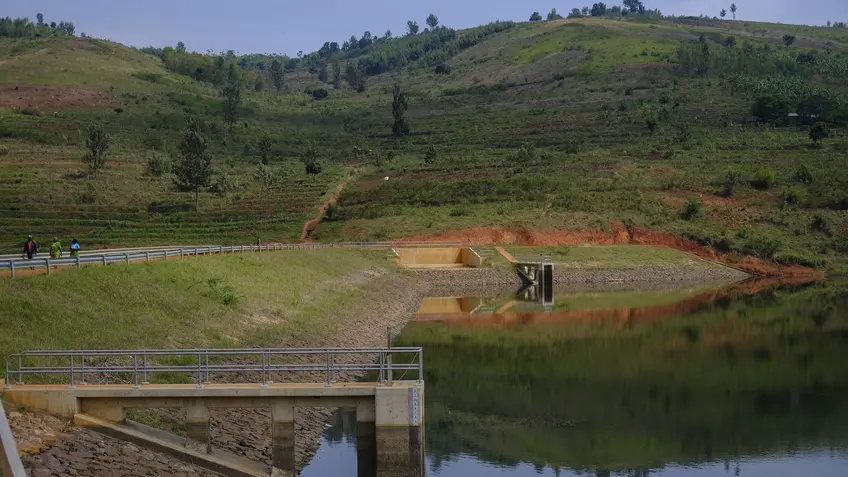PiA 2020: Including Adaptation in the Enhancement Process
Countries are increasingly bringing adaptation to the forefront of national agendas through NDCs, accompanying National Adaptation Plans (NAPs). NDCs and NAPs play a crucial role in identifying priority adaptation actions to be mainstreamed into development plans and budgets, as well as in mobilizing adaptation finance. Implemented effectively, adaptation actions outlined in NDCs present ample opportunity to drive socioeconomic benefits through reduced risk, mitigated costs, and increased innovation—thus providing benefits like higher agricultural yields, efficient water usage, increased job creation, and improved water and air quality.
Adaptation activities expand to new sectors
As countries prepare for NDC enhancement and ambition-raising, including adaptation in sector-specific climate goals is increasingly important. Approximately 50 countries submitted adaptation-focused NDC enhancement requests to the Partnership. These requests primarily center on three common activities as part of the NDC updating process: 1) defining adaptation targets; 2) broadening NDC scopes to include adaptation components; and 3) improving data and accompanying MRV systems.
NDC enhancement requests through CAEP suggest strong country interest in expanding adaptation scope and sectoral coverage in the second round of NDCs. Through CAEP, 21 countries mention adaptation components in sectors that did not explicitly reference adaptation in their first NDCs—particularly in energy and infrastructure. Member countries leverage CAEP as an opportunity to make adaptation and risk finance commitments for the first time, centering activities around mobilizing, budgeting, and tracking finance. Twelve countries are enhancing NDCs by linking to NAPs through enhancement activities. Including NAPs in updated climate targets is a promising indication that countries are taking advantage of the NDC revision process to increase climate ambition in adaptation.
For more information on the Partnership’s adaptation work, please see:
-
Insight briefs on Adaptation and NDCs and Adaptation and Risk Finance in NDCs
-
NAP Global Network blog: How COVID-19 is Reinforcing the Need for Climate Adaptation in Vulnerable Countries
-
Insights from members:
This is a PiA 2020 story: Browse the multimedia version or PDF version.
